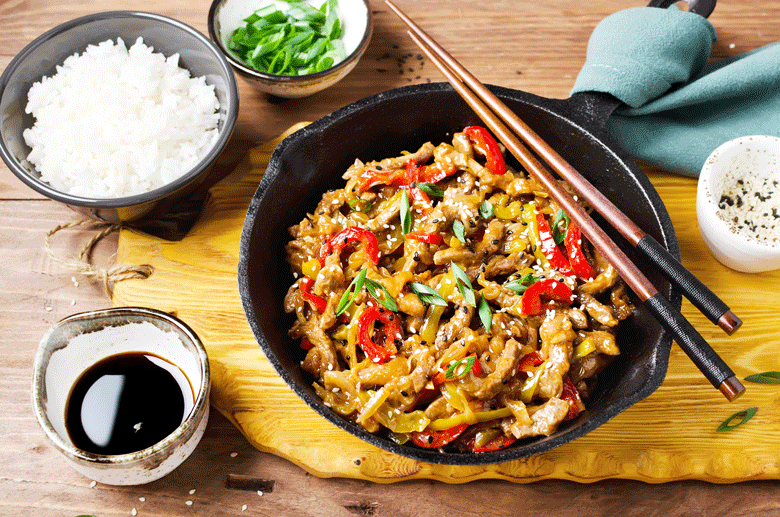Chillies in China
When Sichuan pepper was king
Chillies form an essential part of Chinese cooking, but this has not always been the case. There was a time when Chillies were not known in China at all. Prior to the sixteenth century, the most noteworthy spice for adding pungency to food was Sichuan pepper. To achieve spiciness, Sichuan peppers were combined (among other ingredients) with black pepper, ginger, garlic, and mustard. This was the way spicy food was made for thousands of years. However, once Chillies were introduced to the country, they slowly but surely became China’s favourite spice. While still used as an ingredient, Sichuan pepper became far less important.
Today, Chillies are found all over China. It’s difficult to imagine Chinese cuisine without them. This is particularly true of regions in the country, like the Szechuan province, where Chillies and Sichuan peppers are combined to make cuisine that is world renowned.
How did Chillies get to China ?

History of Chillies in China
While having probably arrived well before, Chillies were regularly being grown in China in 1570. By 1621, reports by government record keepers (gazetteers) note that Chillies were to be found everywhere. They were easy to grow and were an alternative to Sichuan pepper. They also found favour as a replacement to salt. Salt was heavily taxed by the government. Rather than pay the high price of salt, the poorer segment of the population began growing Chillies. It was a way they could cheaply season the starchy food that formed the greater part of their diet.
It is thought that Chillies were brought into the country informally by sailors. The sailors had discovered Chillies in their travels around the world. Enjoying their flavour, they would have used them in their cooking onboard. When the sailors arrived back home, they brought seeds with them. Before long, they , their friends and family were growing Chillies in their backyards.
Chillies possibly also entered the country through North-Eastern farmers being introduced to them by neighbours in Northern Korea. Recognizing their potential as a spice these farmers began growing Chillies, albeit not as a commercial crop. The Chilli would need to become more popular before they began doing that. Soon, what essentially, was a back garden crop, had become widely used. By the early seventeenth century, Chillies were being used daily, together with the quintessential onions, ginger and garlic, in many parts of the country.
How were Chillies first used ?

Early uses of Chillies
Early records show that Chillies were used as a flavouring in Imperial dishes. They were used to add flavour ,rather than as the main ingredient. Chillies were blended into pre-prepared sauces to give them flavour and pungency. They were also used to make Chilli infused oils, vinegars, pastes and Chilli flakes
This differed from the lower segments of society. The normal people (or locals as they were called in government gazettes) ate Chillies as vegetables, as well as for their spiciness and as a substitute for expensive salt.
To an extent, the higher classes looked down on the poor for eating Chillies in this way.The elite regarded Chillies as a foreign vegetable. To eat them raw or as cooked vegetables was viewed as only something the lower classes did. For the lower segments of society though , eating Chiilies in this way, particularly raw, provided a ready source of vitamin C. Besides getting an ingredient that provided flavour, they also had a nutritious vegetable that helped to fill out their everyday diet. Chillies ticked a lot of boxes for these people
Chillies steadily grew in stature over time. Soon even the elite even began using them for more than just a flavouring. The ” foreign vegetable” became mainstream. It became so popular it even surpassed Sichuan pepper as the country’s favourite spice
Image credit
Soneva Foundation / CC BY NC 2.0 / via Flickr



